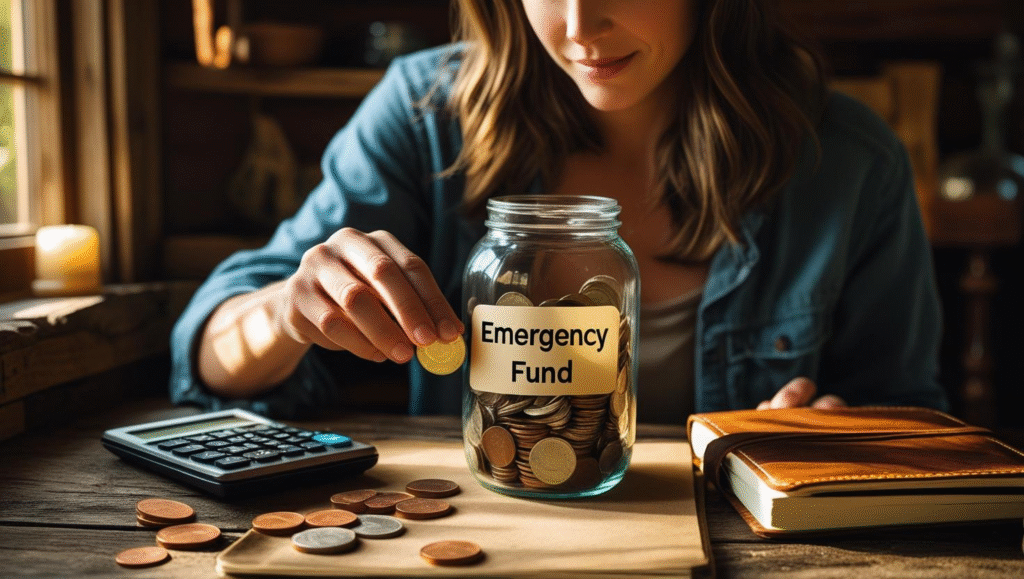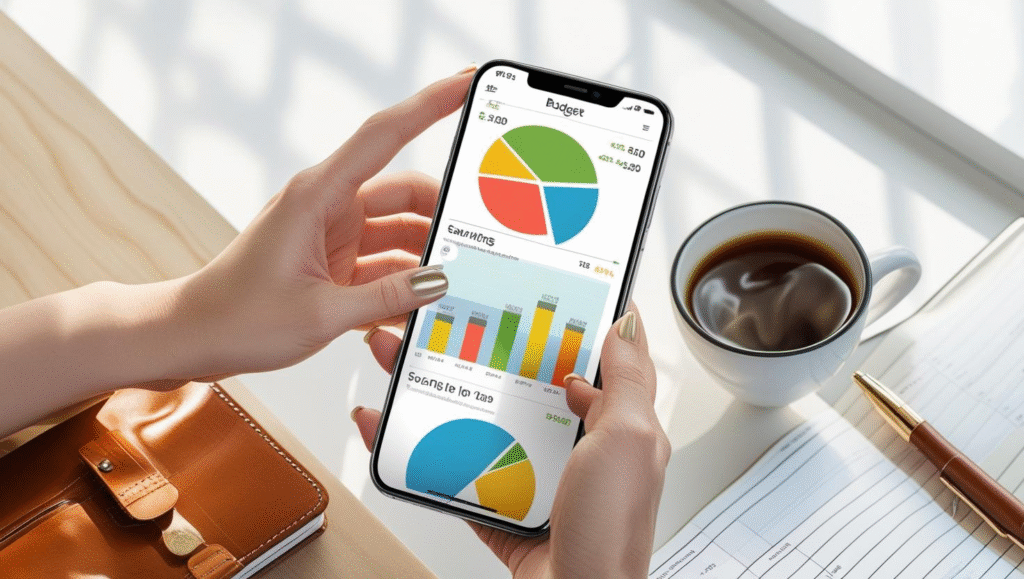🚨 How to Build an Emergency Fund from Scratch – Even on a Low Income
Unexpected bills? Car repairs? Medical emergencies? Life doesn’t give warnings. That’s why having an emergency fund is critical — even if you’re living paycheck to paycheck. This guide shows you simple, proven strategies to start saving today, no matter how tight your budget is.
1️⃣ Set a Realistic Goal
Start small. Aim for $500, then $1,000, and gradually build toward 3–6 months of living expenses. Small wins build momentum.
2️⃣ Open a Separate Savings Account
Keep your emergency savings out of sight and separate from your daily spending. Consider high-yield online savings accounts for better growth.
3️⃣ Automate Your Savings
Set up auto-transfers of $10–$50 every week from checking to savings. Consistency > big amounts.
4️⃣ Cut One Small Expense Weekly
Skip one coffee, cancel one subscription, or eat out one less time — and redirect that money to your emergency fund.
5️⃣ Use Windfalls Wisely
Tax refund? Side hustle income? Birthday cash? Instead of spending it, stack it in your emergency savings.
6️⃣ Sell Unused Stuff
Old tech, clothes, or furniture can bring in quick cash. Use platforms like Facebook Marketplace, eBay, or OfferUp.
7️⃣ Use Budgeting Apps to Track Progress
Try YNAB or Mint to stay on top of your savings goals and cut unnecessary spending.
💬 Pro Tip: Knowing your credit score is just as important as saving. Check yours here for free and build your complete financial safety net!
📌 Follow NextLevelScore for more savings strategies, budgeting hacks, and personal finance tips for real people!


